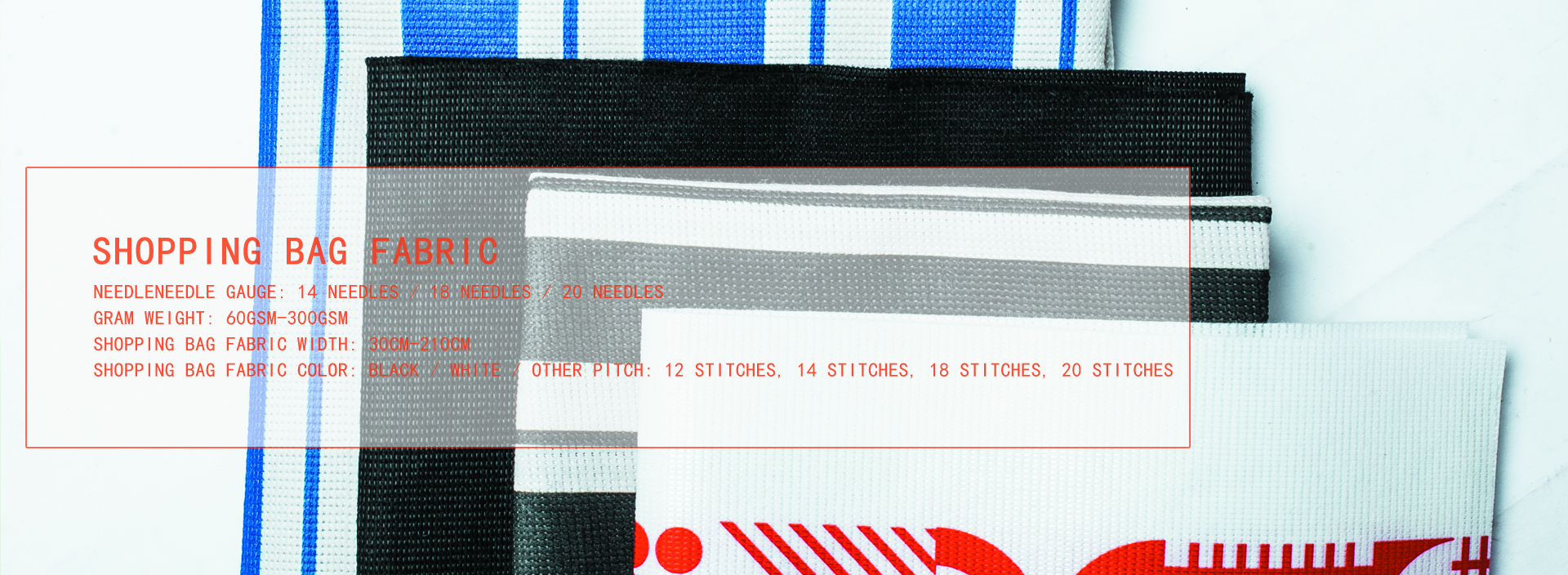The anti-seepage geomembrane is a simple anti-seepage membrane, and the excellent anti-seepage geomembrane can be used in various anti-seepage projects. The impervious geomembrane has inherent detailed regulations on the paving and anchoring of geomembrane in the whole process of application. There are four different types of anchoring methods for impermeable membranes. Different anchoring methods also have different engineering construction regulations.
What are the anchoring methods of anti-seepage geomembrane in engineering construction?

1. Ditch anchoring: Ditch anchoring is generally used for the construction of anti-seepage geomembrane in landfills, solid waste landfills and tailings disposal sites. According to the application standards and bearing capacity of the anti-seepage geomembrane, the excavation of the anchoring groove will be carried out. The total width of the anchoring groove is generally 0.5m-1.0m, and the depth is 0.5m-1.0m. After excavation, the impervious geomembrane is paved in the anchor trench and compacted and backfilled.
2. Shot nail anchoring: When the construction surface of the project is concrete, cement, wood board, red brick, iron sheet or other walls, the anti-seepage geomembrane and project construction generally adopt shot nail anchoring. When anchoring with nails, a layer with a total width of more than 2 cm and a thickness of more than 2 mm should be selected. The majority of the bead is made of stainless steel plate, and the distance between the nails is less than 0.4m. The exposed parts of the bead should be treated with anti-corrosion and anti-rust treatment.
3. Expansion spiral reinforcement: When the decorative design surface is a vertical surface of concrete, concrete, blockboard, cement brick, stainless steel plate or other materials, the expansion spiral reinforcement is generally used for the decorative design of anti-seepage geomembrane When selecting the expansion screw and steel bar overlap, the diameter should be more than 4 mm, and the expansion screw interval should be less than 0.5 meters ..
4. Anchorage of embedded parts: When the construction surface of the project is concrete or cement, the embedded parts should be embedded in concrete or cement before paving. When laying the geomembrane, it is only necessary to weld the exposed part of the geomembrane and the embedded parts together.
The above is about four different types of anchoring methods for impervious membranes. Different regulations for anchoring methods are different. Common problems at the construction site are also different. We should pay special attention to this in actual operation. The increase in the use period of anti-seepage geomembrane is also related to the anchoring during construction. It must be ensured that the impermeable membrane is not damaged during the entire construction process.

